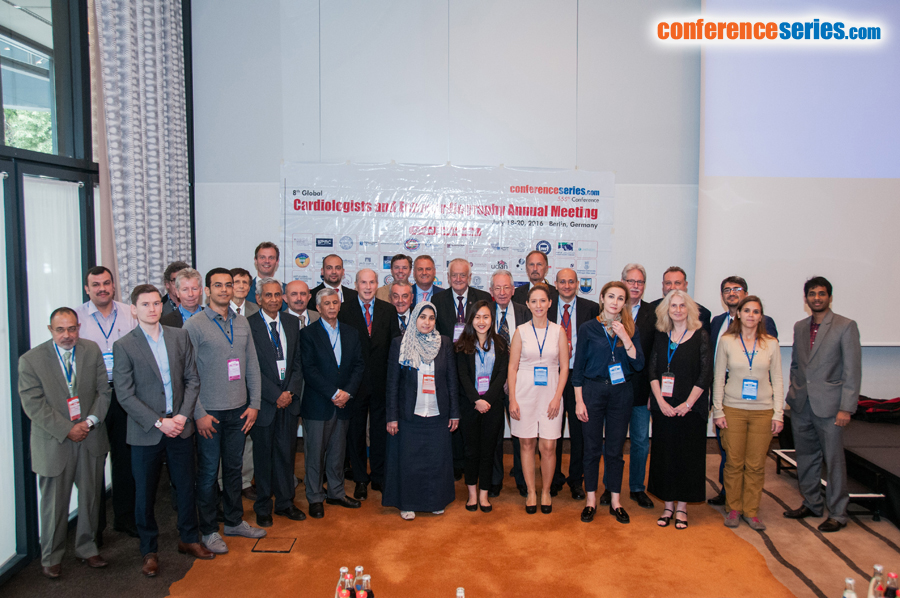
Fabiola B Sozzi
University of Milan, Italy
Title: Cardiac magnetic resonance imaging for coronary artery disease
Biography
Biography: Fabiola B Sozzi
Abstract
Stress cardiac magnetic resonance imaging (CMR) has been shown to have excellent diagnostic accuracy for detection of significant coronary artery disease (CAD). CMR provides valuable clinical data on the evaluation of structural, functional and valvular heart disease. As a result, stress CMR is increasingly being used to assess chest pain in patients with known or suspected CAD. CMR potentials derive from its high-spatial resolution, image contrast, lack of ionizing radiation and excellent depiction of wall motion. An essential characteristic of stress modalities is the negative prognostic value. The detection of myocardial ischemia with stress CMR is typically based on first-pass perfusion imaging, to search for inducible perfusion defects, or on wall motion abnormality imaging. An important goal of any stress modality is to identify those patients with low cardiac event rate. We reviewed 300 patients with suspected or known CAD, who undergone adenosine stress-CMR. End-points, during a long-term follow-up (5.5 years) were all causes of mortality and major adverse cardiac events. An excellent outcome for adverse cardiac events was found. The power of CMR relies also on the evaluation of viability with late gadolinium enhancement (LGE) methods. The LGE differentiate viable myocardium from scar on the basis of differences in cell membrane integrity for acute myocardial infarction. In chronic infarction, the scarred tissue enhances much more than normal myocardium due to increases in extracellular volume. Beyond infarct size or infarct detection, LGE is a strong predictor of mortality and adverse cardiac events. CMR can also image microvascular obstruction and intracardiac thrombus. CMR can determine infarct size, area at risk and thus estimate myocardial salvage after acute myocardial infarction.




